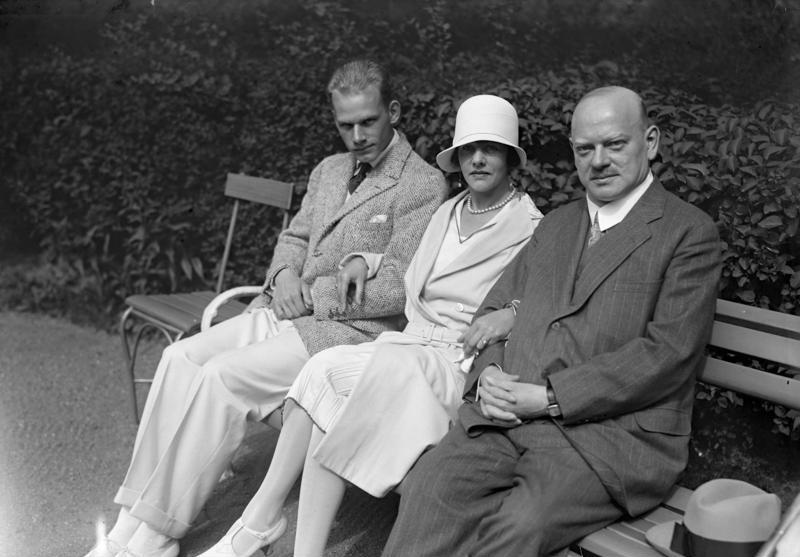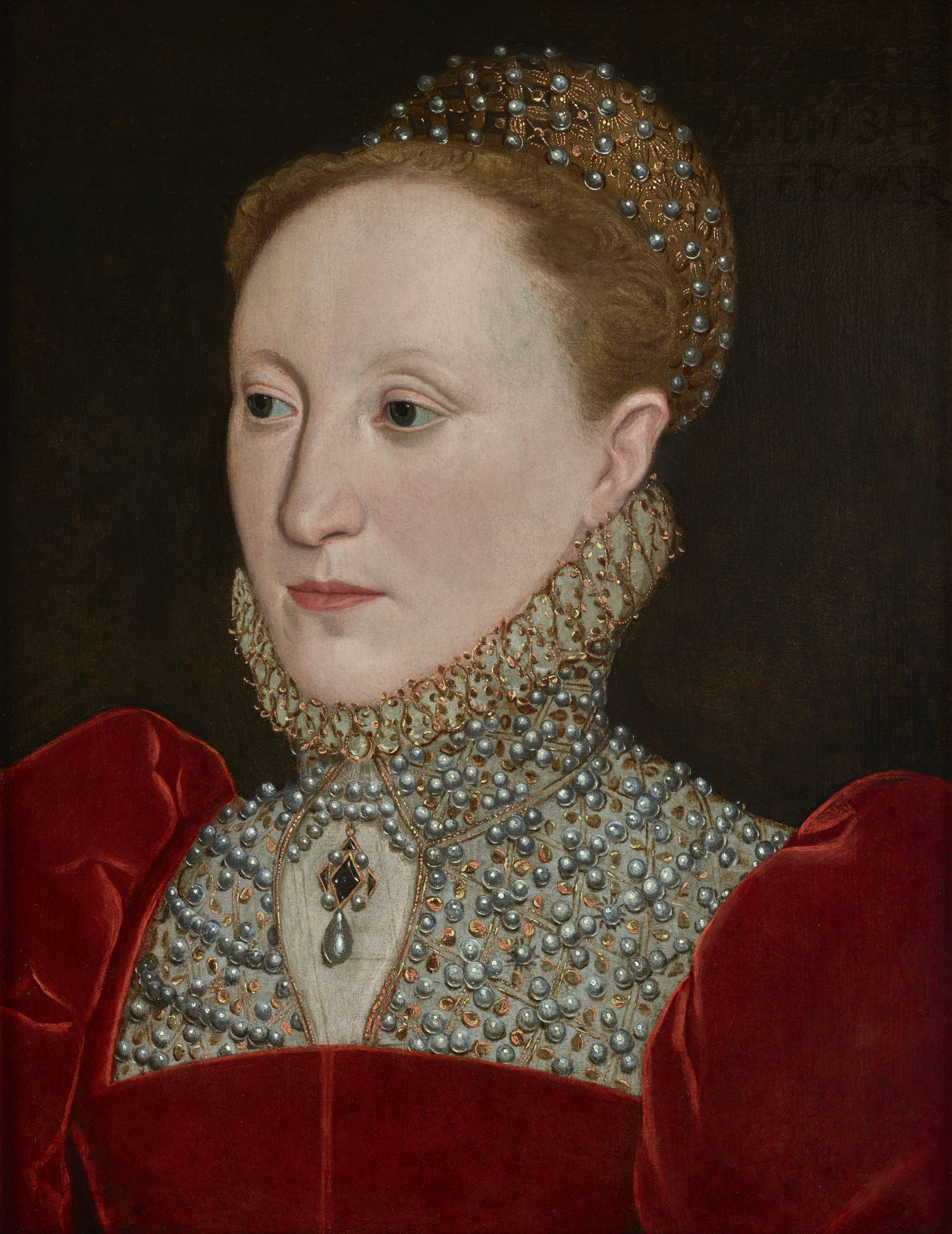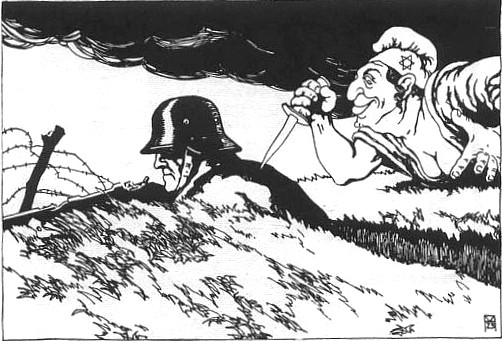|
Bruno Doehring
Bruno Doehring (February 3, 1879 – April 16, 1961) was a German Lutheran pastor and theologian. A preacher at the Berlin Cathedral from 1914 to 1960, Doehring was a popular figure in the Evangelical Church of the old-Prussian Union in Berlin. He was a strict conservative and was active in the Weimar Republic as a politician. Life and work Early years Doehring was born the son of a farmer. After attending elementary school in Mohrungen and the Royal Grammar School in Elbing, he studied theology at the universities of Halle, Berlin and Königsberg. In 1906 Doehring was a pastor in Głębock, Warmian-Masurian Voivodeship, Tiefensee in East Prussia, where he started a family and his son Johannes was born, and in 1908 he was a pastor in Fischau in West Prussia. After receiving his doctorate in 1911, Doehring gained the attention of Georg zu Dohna (1852–1912) through his involvement with Arthur Drews. Dohna hired him as a pastor in Finckenstein Palace. The conservative politician Ela ... [...More Info...] [...Related Items...] OR: [Wikipedia] [Google] [Baidu] |
Further Reading
Further or Furthur may refer to: * ''Furthur'' (bus), the Merry Pranksters' psychedelic bus * Further (band), a 1990s American indie rock band * Furthur (band), a band formed in 2009 by Bob Weir and Phil Lesh * ''Further'' (The Chemical Brothers album), 2010 * ''Further'' (Flying Saucer Attack album), 1995 * ''Further'' (Geneva album), 1997, and a song from the album * ''Further'' (Richard Hawley album), 2019 * ''Further'' (Solace album), 2000 * ''Further'' (Outasight album), 2009 * "Further" (VNV Nation song), a song by VNV Nation *"Further", a song by Longview from the album '' Mercury'', 2003 {{disambiguation ... [...More Info...] [...Related Items...] OR: [Wikipedia] [Google] [Baidu] |
Gerhard Besier
Gerhard Besier (born 30 November 1947, in Wiesbaden) is a German Lutheran theologian, historian and politician best known for his work on church-state relations in the Third Reich and in the German Democratic Republic. Work Besier's publications have focused on church history, including church history during the Third Reich and the German Democratic Republic, and religious freedom issues in contemporary society. His views on religious freedom follow the libertarian American model, a stance which has made him controversial in Germany.Staff (16 June 2009)"Offener, als ich vermutet habe" '' taz''. Retrieved on 2009-06-29. Güntner, Joachim (24 November 2003)"Toleranzübung auf problematischem Felde – Scientology und der 'Fall' Besier" ''Neue Zürcher Zeitung''. Retrieved on 2009-06-29. Besier taught historical theology at Heidelberg University from 1992 to 2003. From 2003 to 2008, he was the director of the Hannah Arendt Institute for Research on Totalitarianism at Dresden Unive ... [...More Info...] [...Related Items...] OR: [Wikipedia] [Google] [Baidu] |
Gustav Stresemann
Gustav Ernst Stresemann (; 10 May 1878 – 3 October 1929) was a German statesman who served as chancellor in 1923 (for 102 days) and as foreign minister from 1923 to 1929, during the Weimar Republic. His most notable achievement was the reconciliation between Germany and France, for which he and French Prime Minister Aristide Briand received the Nobel Peace Prize in 1926. During a period of political instability and fragile, short-lived governments, he was the most influential cabinet member in most of the Weimar Republic's existence. During his political career, he represented three successive liberal parties; he was the dominant figure of the German People's Party during the Weimar Republic. Early years Stresemann was born on 10 May 1878 in 66 Köpenicker Straße in Southeast Berlin, the youngest of seven children. His father worked as a beer bottler and distributor, and also ran a small bar out of the family home, as well as renting rooms for extra money. The family was ... [...More Info...] [...Related Items...] OR: [Wikipedia] [Google] [Baidu] |
German National People's Party
The German National People's Party (german: Deutschnationale Volkspartei, DNVP) was a national-conservative party in Germany during the Weimar Republic. Before the rise of the Nazi Party, it was the major conservative and nationalist party in Weimar Germany. It was an alliance of conservative, nationalists, reactionary monarchists, völkisch and antisemitic elements supported by the Pan-German League.Nicholls, David (2000) ''Adolf Hitler: a biographical companion'' Oxford: ABC-CLIO. p.178. Quote: "The main nationalist party the German National People's Party DNVP was divided between reactionary conservative monarchists, who wished to turn the clock back to the pre-1918 Kaisereich, and more radical volkisch and anti-semitic elements. It also inherited the support of old Pan-German League, whose nationalism rested on belief in the inherent superiority of the German people" It was formed in late 1918 after Germany's defeat in World War I and the November Revolution that toppled t ... [...More Info...] [...Related Items...] OR: [Wikipedia] [Google] [Baidu] |
Bundesarchiv Bild 102-00804, Berlin, Gottesdienst Zur Reichstagseröffnung
The German Federal Archives or Bundesarchiv (BArch) (german: Bundesarchiv) are the National Archives of Germany. They were established at the current location in Koblenz in 1952. They are subordinated to the Federal Commissioner for Culture and the Media ( Claudia Roth since 2021) under the German Chancellery, and before 1998, to the Federal Ministry of the Interior. On 6 December 2008, the Archives donated 100,000 photos to the public, by making them accessible via Wikimedia Commons. History The federal archive for institutions and authorities in Germany, the first precursor to the present-day Federal Archives, was established in Potsdam, Brandenburg in 1919, a later date than in other European countries. This national archive documented German government dating from the founding of the North German Confederation in 1867. It also included material from the older German Confederation and the Imperial Chamber Court. The oldest documents in this collection dated back to the year ... [...More Info...] [...Related Items...] OR: [Wikipedia] [Google] [Baidu] |
Labor Movement
The labour movement or labor movement consists of two main wings: the trade union movement (British English) or labor union movement (American English) on the one hand, and the political labour movement on the other. * The trade union movement (trade unionism) consists of the collective organisation of working people developed to represent and campaign for better working conditions and treatment from their employers and, by the implementation of labour and employment laws, from their governments. The standard unit of organisation is the trade union. * The political labour movement in many countries includes a political party that represents the interests of employees, often known as a " labour party" or " workers' party". Many individuals and political groups otherwise considered to represent ruling classes may be part of, and active in, the labour movement. The labour movement developed as a response to the industrial capitalism of the late 18th and early 19th centuries, at ... [...More Info...] [...Related Items...] OR: [Wikipedia] [Google] [Baidu] |
Socialist
Socialism is a left-wing economic philosophy and movement encompassing a range of economic systems characterized by the dominance of social ownership of the means of production as opposed to private ownership. As a term, it describes the economic, political and social theories and movements associated with the implementation of such systems. Social ownership can be state/public, community, collective, cooperative, or employee. While no single definition encapsulates the many types of socialism, social ownership is the one common element. Different types of socialism vary based on the role of markets and planning in resource allocation, on the structure of management in organizations, and from below or from above approaches, with some socialists favouring a party, state, or technocratic-driven approach. Socialists disagree on whether government, particularly existing government, is the correct vehicle for change. Socialist systems are divided into non-market and mar ... [...More Info...] [...Related Items...] OR: [Wikipedia] [Google] [Baidu] |
Catholic Church
The Catholic Church, also known as the Roman Catholic Church, is the largest Christian church, with 1.3 billion baptized Catholics worldwide . It is among the world's oldest and largest international institutions, and has played a prominent role in the history and development of Western civilization. O'Collins, p. v (preface). The church consists of 24 ''sui iuris'' churches, including the Latin Church and 23 Eastern Catholic Churches, which comprise almost 3,500 dioceses and eparchies located around the world. The pope, who is the bishop of Rome, is the chief pastor of the church. The bishopric of Rome, known as the Holy See, is the central governing authority of the church. The administrative body of the Holy See, the Roman Curia, has its principal offices in Vatican City, a small enclave of the Italian city of Rome, of which the pope is head of state. The core beliefs of Catholicism are found in the Nicene Creed. The Catholic Church teaches that it is the ... [...More Info...] [...Related Items...] OR: [Wikipedia] [Google] [Baidu] |
Stab-in-the-back Legend
The stab-in-the-back myth (, , ) was an antisemitic conspiracy theory that was widely believed and promulgated in Germany after 1918. It maintained that the Imperial German Army did not lose World War I on the battlefield, but was instead betrayed by certain citizens on the home front—especially Jews, revolutionary socialists who fomented strikes and labor unrest, and other republican politicians who had overthrown the House of Hohenzollern in the German Revolution of 1918–1919. Advocates of the myth denounced the German government leaders who had signed the Armistice of 11 November 1918 as the "November criminals" (german: Novemberverbrecher, label=none). When Adolf Hitler and the Nazi Party rose to power in 1933, they made the conspiracy theory an integral part of their official history of the 1920s, portraying the Weimar Republic as the work of the "November criminals" who had "stabbed the nation in the back" in order to seize power. Nazi propaganda depic ... [...More Info...] [...Related Items...] OR: [Wikipedia] [Google] [Baidu] |
German Revolution Of 1918–19
German(s) may refer to: * Germany (of or related to) ** Germania (historical use) * Germans, citizens of Germany, people of German ancestry, or native speakers of the German language ** For citizens of Germany, see also German nationality law **Germanic peoples (Roman times) * German language **any of the Germanic languages * German cuisine, traditional foods of Germany People * German (given name) * German (surname) * Germán, a Spanish name Places * German (parish), Isle of Man * German, Albania, or Gërmej * German, Bulgaria * German, Iran * German, North Macedonia * German, New York, U.S. * Agios Germanos, Greece Other uses * German (mythology), a South Slavic mythological being * Germans (band), a Canadian rock band * "German" (song), a 2019 song by No Money Enterprise * '' The German'', a 2008 short film * " The Germans", an episode of ''Fawlty Towers'' * ''The German'', a nickname for Congolese rebel André Kisase Ngandu See also * Germanic (disambigua ... [...More Info...] [...Related Items...] OR: [Wikipedia] [Google] [Baidu] |
Humboldt University Of Berlin
Humboldt-Universität zu Berlin (german: Humboldt-Universität zu Berlin, abbreviated HU Berlin) is a German public research university in the central borough of Mitte in Berlin. It was established by Frederick William III on the initiative of Wilhelm von Humboldt, Johann Gottlieb Fichte and Friedrich Ernst Daniel Schleiermacher as the University of Berlin () in 1809, and opened in 1810, making it the oldest of Berlin's four universities. From 1828 until its closure in 1945, it was named Friedrich Wilhelm University (german: Friedrich-Wilhelms-Universität). During the Cold War, the university found itself in East Berlin and was ''de facto'' split in two when the Free University of Berlin opened in West Berlin. The university received its current name in honour of Alexander and Wilhelm von Humboldt in 1949. The university is divided into nine faculties including its medical school shared with the Freie Universität Berlin. The university has a student enrollment of ar ... [...More Info...] [...Related Items...] OR: [Wikipedia] [Google] [Baidu] |



.jpg)
.jpg)

